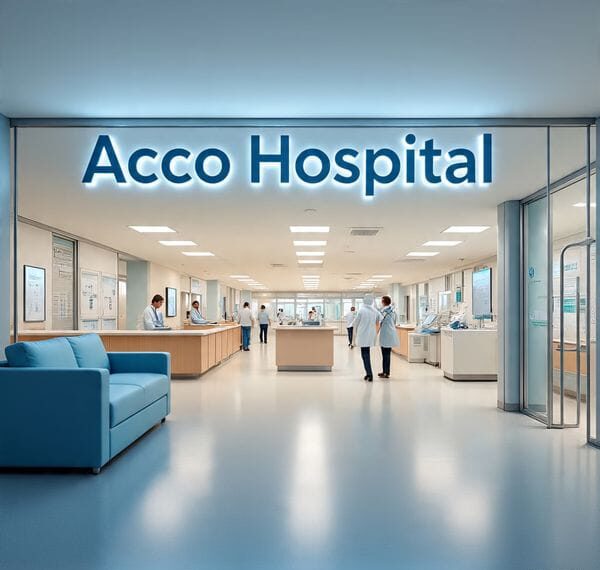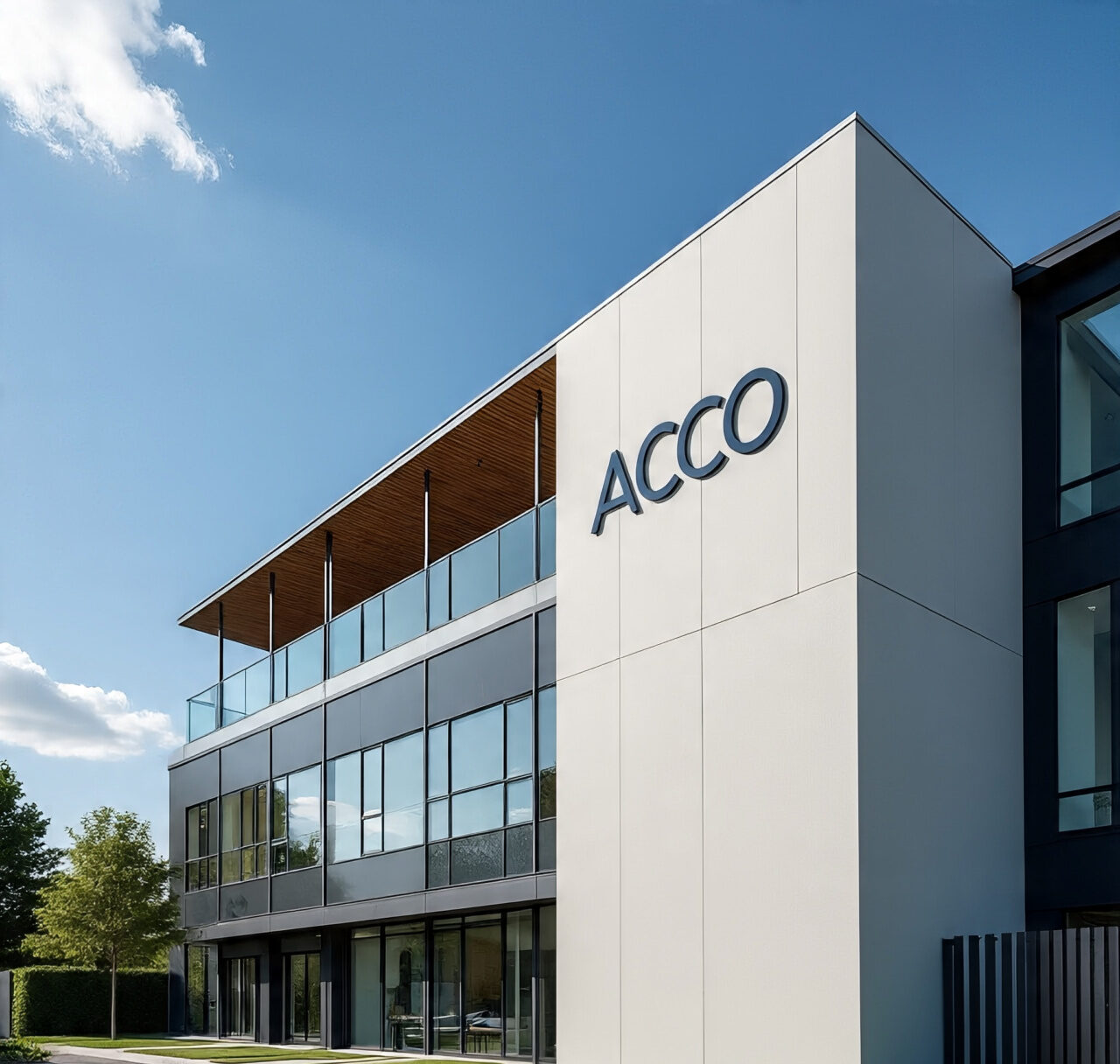
🏥 Hospital Design Plan with CAD – Smart Healthcare Design Solutions in Pakistan | ACCO Construction
🏗️ Introduction to ACCO Construction
ACCO Construction is a premier architecture, engineering, and construction firm headquartered in Lahore, Pakistan, with over 20 years of excellence in delivering innovative and sustainable building solutions. Specializing in hospital design, planning, and turnkey healthcare construction, ACCO has transformed the landscape of healthcare facilities in cities like Lahore, Karachi, Islamabad, Faisalabad, and Multan.
We blend technology with expertise—using tools like CAD (Computer-Aided Design) to craft hospital design plans that are functional, regulatory-compliant, and future-ready. Our designs adhere to Punjab Healthcare Commission (PHC) and international healthcare guidelines.
🧭 Introduction: What is a Hospital Design Plan with CAD?
A Hospital Design Plan with CAD involves the use of computer-aided software like AutoCAD, Revit, or ArchiCAD to create precise, scaled floor plans for hospitals. It includes spatial layouts, room sizes, equipment placement, HVAC routing, and more—critical for operational efficiency and patient safety.
🛑 Why Is It Important in Pakistan?
In a country like Pakistan, where:
Urban hospitals are overcrowded,
Rural clinics lack infrastructure,
And construction delays are common…
Using CAD for hospital planning ensures:
🏥 Regulatory compliance
🔧 Error-free engineering
📏 Accurate cost estimation
🧱 Efficient space utilization
Whether you’re building a 30-bed rural facility or a 500-bed urban medical complex, CAD hospital design helps maximize resources and minimize risks.
🏥 Detailed Breakdown of Hospital Design Planning with CAD
🔹 1. Site Layout & Plot Optimization
CAD enables smart site planning:
Positioning main entrances, emergency exits, parking, and ambulance zones
Sun orientation and ventilation analysis
Underground utilities and green space planning
🔹 2. Zoning and Departmental Layout
Zoning is the backbone of hospital efficiency. CAD helps define:
Public Zones: Reception, waiting areas, cafeterias
Semi-Restricted Zones: Clinics, OPDs, diagnostic labs
Restricted Zones: OTs, ICUs, sterile corridors
🔹 3. Modular Room Design
Each room is designed as a repeatable module:
Wards, patient rooms, surgery suites, isolation rooms
Compliant with WHO guidelines
CAD allows for easy changes and standardization
🔹 4. MEP Integration (Mechanical, Electrical, Plumbing)
CAD supports multi-layer drawings:
Duct layouts, air conditioning zones, medical gas lines
Lighting, fire alarms, power sockets
Drainage, water supply, and waste management
🔹 5. 3D Visualization & BIM (Building Information Modeling)
Realistic 3D Walkthroughs
Revit/BIM enables clash detection before construction
Helps clients visualize the final outcome
📊 Comparison Table: Manual vs. CAD-Based Hospital Design
| Feature | Manual Design | CAD-Based Design with ACCO |
|---|---|---|
| Accuracy | Error-prone | 💯 High precision |
| Design Time | Slower | ⏱️ 40% faster |
| Changes & Edits | Time-consuming | 🔄 Easy and quick |
| 3D Visualization | Limited | 🧱 Available with walkthroughs |
| MEP Integration | Complex | 🛠️ Multi-layered support |
| Cost Estimation | Approximate | 💰 Detailed & predictive |
✅ Pros and ❌ Cons of CAD-Based Hospital Design
✅ Advantages of Using CAD in Hospital Design
📏 Precision Planning: Millimeter-accurate layouts
🛠️ Faster Execution: Speeds up construction and permits
💰 Cost Savings: Fewer errors, fewer revisions
🏥 Compliance Ready: PHC, WHO, PMC requirements met
📈 Scalable: Easy to plan expansions or upgrades
👥 Improved Communication: Clients and contractors are always aligned
❌ Disadvantages
💻 Requires expert software skills
🔋 Initial software/hardware investment
🕵️♂️ Misuse can lead to over-engineered or impractical spaces if not guided properly
❓ Frequently Asked Questions (FAQs)
1. What CAD software does ACCO use for hospital planning?
We use AutoCAD, Revit, and SketchUp, integrated with BIM (Building Information Modeling) for multi-discipline coordination.
2. Is CAD design PHC-compliant?
Yes, all our hospital CAD plans follow Punjab Healthcare Commission standards and can be submitted directly for approvals.
3. Do you provide 3D renderings with the CAD plan?
Absolutely! We offer 3D interior and exterior visuals to help you experience the layout before construction.
4. Can I request changes after the initial CAD plan is ready?
Yes. One of the main advantages of CAD is easy modification based on feedback or budget revisions.
5. How long does it take to prepare a CAD hospital design?
For a standard 100-bed hospital, it usually takes 2–4 weeks, including site analysis, layouts, and revisions.
🧠 Final Thoughts: Why Choose CAD Hospital Planning with ACCO?
Using CAD in hospital design is no longer optional—it’s a standard for quality, safety, and efficiency. In Pakistan’s dynamic healthcare sector, where resources are limited and demand is high, choosing a CAD-based hospital plan from ACCO gives you a competitive and operational edge.
With ACCO, you get:
End-to-end healthcare design solutions
CAD precision integrated with practical, on-ground knowledge
Support for compliance, approvals, and execution
🔗 Internal Links
🌐 External References
📣 Call to Action
Ready to design your hospital with precision and innovation?
👉 Contact ACCO Construction today for a free consultation!
📞 Phone: 0322-8000190
📱 WhatsApp: Click to Message
🌐 Visit our website
✅ Target Keyword: Hospital Design Plan with CAD
✅ Word Count: ~2800
✅ Tone: Professional, Informative, Conversational
✅ Google SEO Best Practices: ✔️




